ja.ma/4hoxpRg

ja.ma/4hoxpRg
A privilege to have known John. He always listened to what one had to say with great intent. If you knew him, you know what I mean.
🧪
www.nature.com/articles/d41...

A privilege to have known John. He always listened to what one had to say with great intent. If you knew him, you know what I mean.
🧪
www.nature.com/articles/d41...




#pediatriccancer #cancermom

#pediatriccancer #cancermom
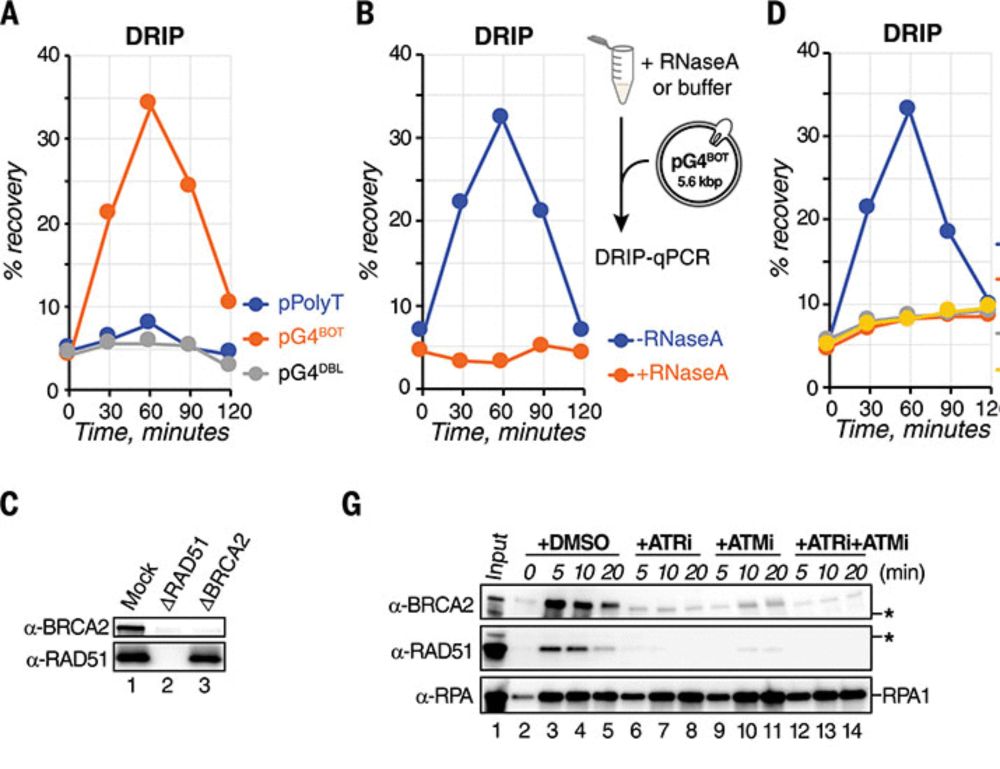
www.cancer.gov/grants-train...
🧬 Single cell methylome encodes cell state & clonal identity
🔨 EPI-Clone reads out both (+mutations, +RNA) at scale
🩸 Clonal expansions of HSCs are universal from age 50, not driven by CH mutations
doi.org/10.1038/s415...
🧵
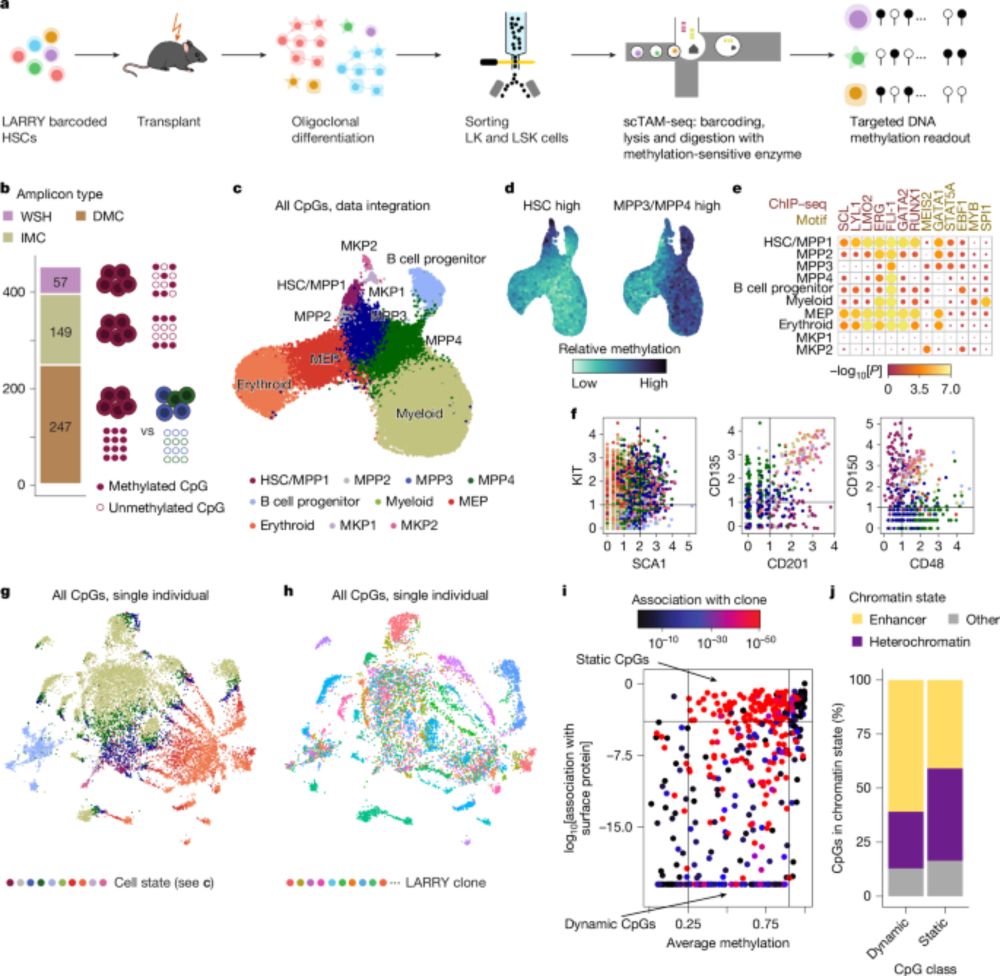
🧬 Single cell methylome encodes cell state & clonal identity
🔨 EPI-Clone reads out both (+mutations, +RNA) at scale
🩸 Clonal expansions of HSCs are universal from age 50, not driven by CH mutations
doi.org/10.1038/s415...
🧵

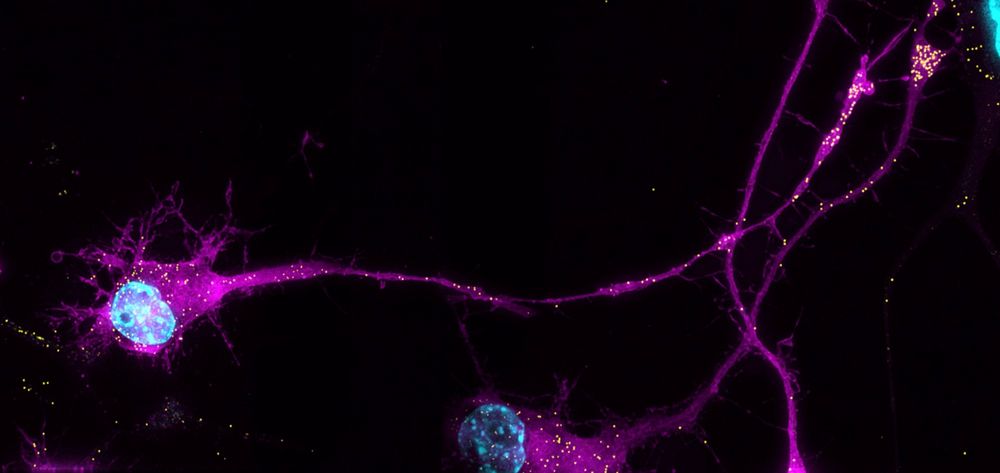
www.eventbrite.com/e/stand-up-f...
www.eventbrite.com/e/stand-up-f...
Opinion piece by Dr Harold Varmus, Nobel Prize winner, former director of the #NIH and the #NCI 🧪
“Perhaps what’s most disheartening is what feels like the absence of widespread opposition to this unraveling”
www.nytimes.com/2025/02/14/o...
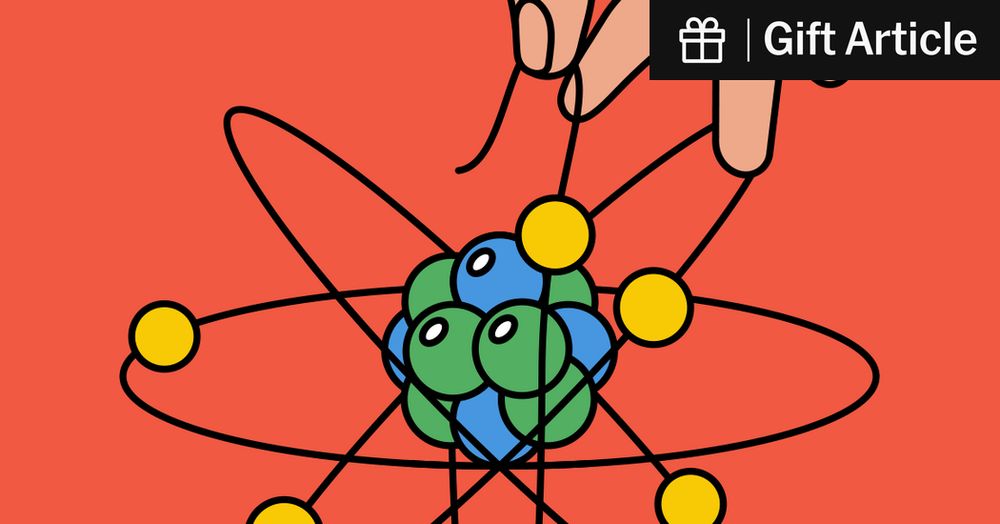
Opinion piece by Dr Harold Varmus, Nobel Prize winner, former director of the #NIH and the #NCI 🧪
“Perhaps what’s most disheartening is what feels like the absence of widespread opposition to this unraveling”
www.nytimes.com/2025/02/14/o...
Excited to share our latest work in Nature Communications spearheaded by brilliant @omaiques.bsky.social and thanks to all our collaborators—we show how matrix mechano-sensing at the invasive front induces a cytoskeletal and transcriptional memory that supports metastasis! 🧵⬇️

Excited to share our latest work in Nature Communications spearheaded by brilliant @omaiques.bsky.social and thanks to all our collaborators—we show how matrix mechano-sensing at the invasive front induces a cytoskeletal and transcriptional memory that supports metastasis! 🧵⬇️
"Ensemble docking for intrinsically disordered proteins"
from Dartmouth undergrad Anjali Dhar 24' and grad student Tommy Sisk. We present ensemble docking strategies for IDPs that, remarkably, seem to work!
www.biorxiv.org/content/10.1...
Code: github.com/paulrobustel...
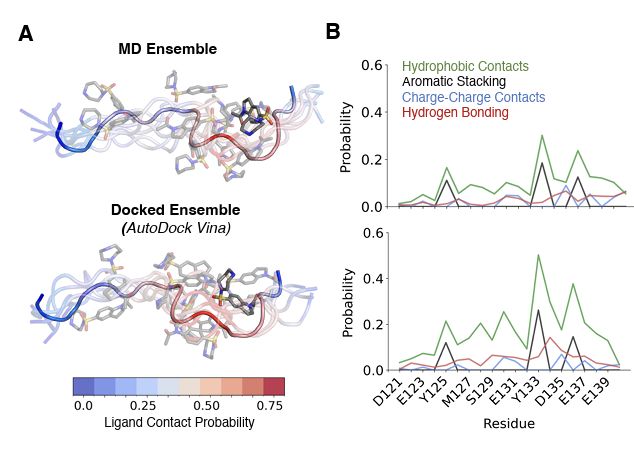
"Ensemble docking for intrinsically disordered proteins"
from Dartmouth undergrad Anjali Dhar 24' and grad student Tommy Sisk. We present ensemble docking strategies for IDPs that, remarkably, seem to work!
www.biorxiv.org/content/10.1...
Code: github.com/paulrobustel...



